Procrastination is rarely one's friend, but never is this truer than when dealing with weeds. Some gardeners say, breezily, that a weed is simply a plant in the wrong place. I say that it is something that you didn't plant and don't want. (I shall ignore the lemon balm that I planted and have allowed to rampage over my yard for several years. At least the birds like it.)
Do your weeding now. The weeds haven't yet flowered or set seeds, and they are easily removed from the soft, yielding soil, which is still damp from rain.
If you remove weeds at this immature stage, you can chop them up and put them in your compost pile. If you wait until they have seeds, you'll need to put in your yard-waste bin that goes to the municipal compost site. Most home composters don't have a pile that gets hot enough to kill weed seeds. You don't want viable seeds in your compost, obviously.
The best tools for weeding are gloves (to avoid contact dermatitis from some weeds), a narrow trowel, a garden fork and either a thick pad for kneeling or a gardening seat. A Japanese-style gardening knife is handy, too.
The idea is not to disturb the soil too much. Weed seeds live deep in the soil, but they only get enough heat to sprout in the top few inches of soil. I did not know this, which is why my vigorous dandelion removal project with lots of shovel work resulted in even more dandelions the next year. Now I use a gardening knife for dandelion removal.
We need to remove weeds because they compete with other plants for water and nutrients. They can also harbor pests and pathogens. Some people are allergic to certain weeds, too.
But not all weeds are bad. For years, people dug clover out of their lawns or used herbicides to remove it. However, clover is fragrant, requires less care and fewer chemicals than a lawn, and bees love it. Gardening styles are changing, and clover is a welcome sight to many home gardeners.
According to the University of California Master Gardener Handbook, weeds have some redeeming value. They reduce soil erosion, provide cover and nutrition for creatures such as birds and a nectar source for honeybees, create habitat for beneficial insects, and improve the soil when they rot. Many are edible and may even be a source of pharmaceuticals. My backyard is full of wild onion right now, and I plan to make a mushroom onion soup with them.
Even with these virtues you probably don't want bindweed or vetch or spurge all over your yard. The first step in smart weed eradication is identification. If you go to the UC Master Gardeners of Napa County website, click on Gardening Resources. Next, go to Garden Pests and Diseases and, finally, to Weeds. This link can help you determine the identity of the invasive plant you want to remove. It also tells you the best ways to eradicate the weed. UC Master Gardeners advocate environmentally friendly methods of weed removal, so get out your garden gloves.
Some weeds can be lifted out of the soil gently, roots and all. Others require a more determined effort with a narrow spade, trowel, or gardening knife. Careful hoeing works, too.
Some people allow weed seeds to sprout, then remove the sprouts. Weeds are so adapted to their environments that they are usually the first things to come up, as I have learned. You can also cover weeds with mulch to prevent them from growing, but they need to be completely covered.
Even wild fennel and mustard, those quintessential Napa Valley plants, are considered weeds by some. Yet they are also edible, and they attract pollinators. You can let the pollinators enjoy them so long as you remove them before they produce seeds.
Whatever you decide, starting your weeding program now is better than waiting until it's hot, the ground is bone-hard, and the weeds are flowering. Like Alice in Wonderland, I am good at giving advice, but erratic at following it; however, this weekend I will work on the weeds.
Food Growing Forum: Join UC Master Gardeners of Napa County for a seminar on “Winter Seed Starting and Planning” on Sunday, February 12, from 3 pm to 4 pm via Zoom. Learn about selecting spring seeds, seasonal timelines for crops, succession planting, soil preparation, special supplies, and tips for success. Register to receive the Zoom link: http://ucanr.edu/2023FoodForumFeb
Workshop: Join UC Master Gardeners of Napa County for a workshop on “Spring Garden Planning for Warm Weather” on Saturday, February 25, from 10 am to noon, at Las Flores Community Center, 4300 Linda Vista Avenue, Napa. Learn how to prepare your landscape for warmer weather, including cleanup, pruning, tool care, soil preparation and seed starting. The workshop will be indoors, with some outdoor activities if weather permits. Registration required: https://surveys.ucanr.edu/survey.cfm?surveynumber=39854
Library Talk: Join UC Master Gardeners of Napa County and Napa County Library for a free talk on “Success with Citrus Large and Small” on Thursday, March 2, from 7 pm to 8 pm via Zoom. Learn how to choose the best tree for your space, plus healthy growing techniques, fertilizing, managing pests, watering, protecting from frost and growing in containers. Register to receive the Zoom link: https://ucanr.edu/2023MarCitrusLibraryTalk
Attached Images:
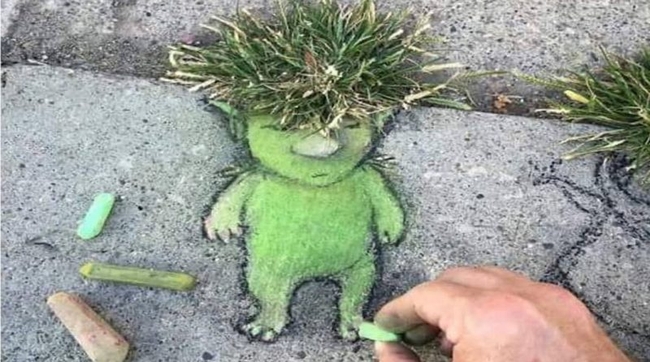
Ways-to-Deal-with-Weeds-800x446.jpg (buildinghomesandliving.com)
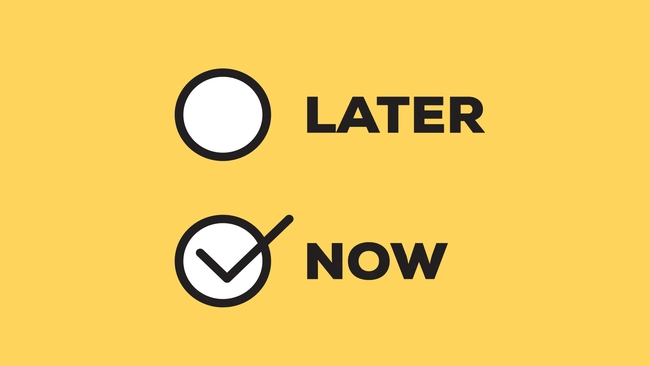
Stop procrastinating- The healthiest ways to deal with procrastination (filmdaily.co)
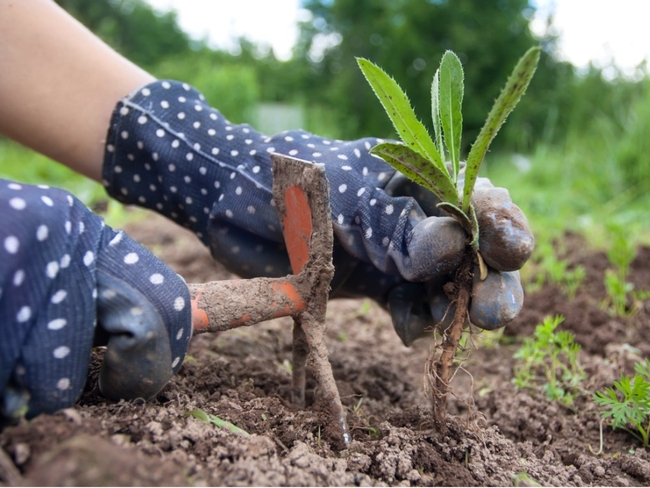
Weeding Tools For Gardens- Best Weeding Hand Tools (gardeningknowhow.com)
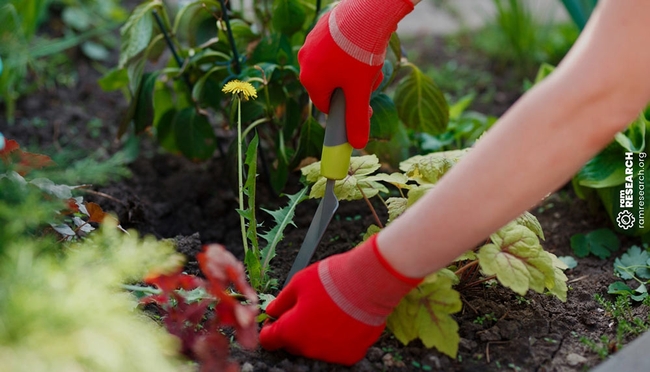
Top 10 Best Weeding Tools for a Healthy Garden In 2022 (ramresearch.org)
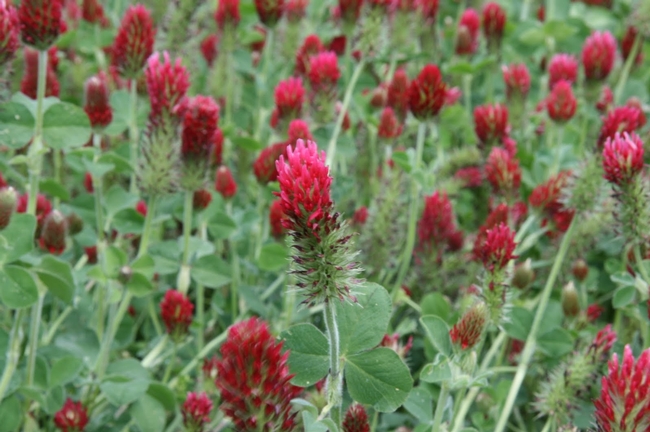
UC Davis Good Life Garden- Crimson & Clover (ucdavis-goodlifegarden.blogspot.com)
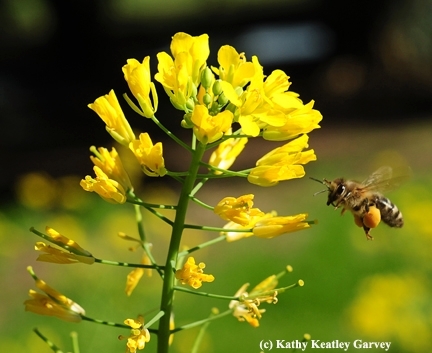
Cutting the Mustard (ucanr.edu)